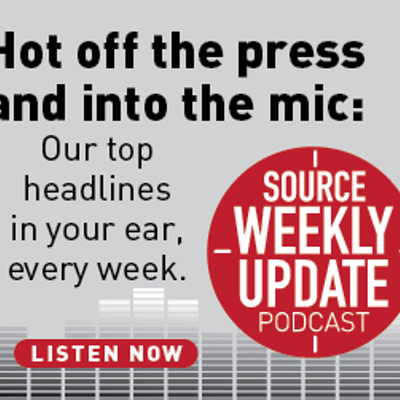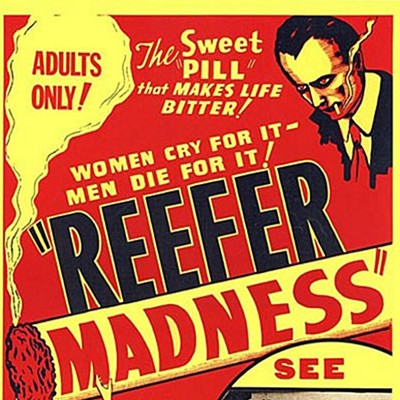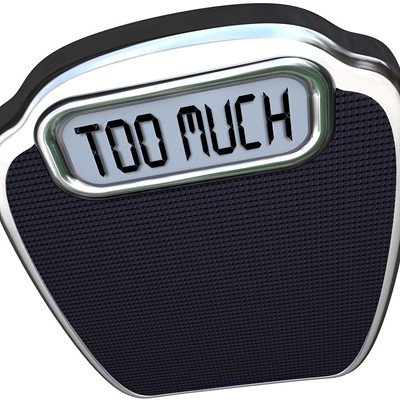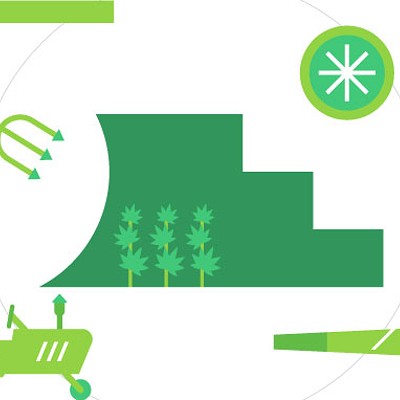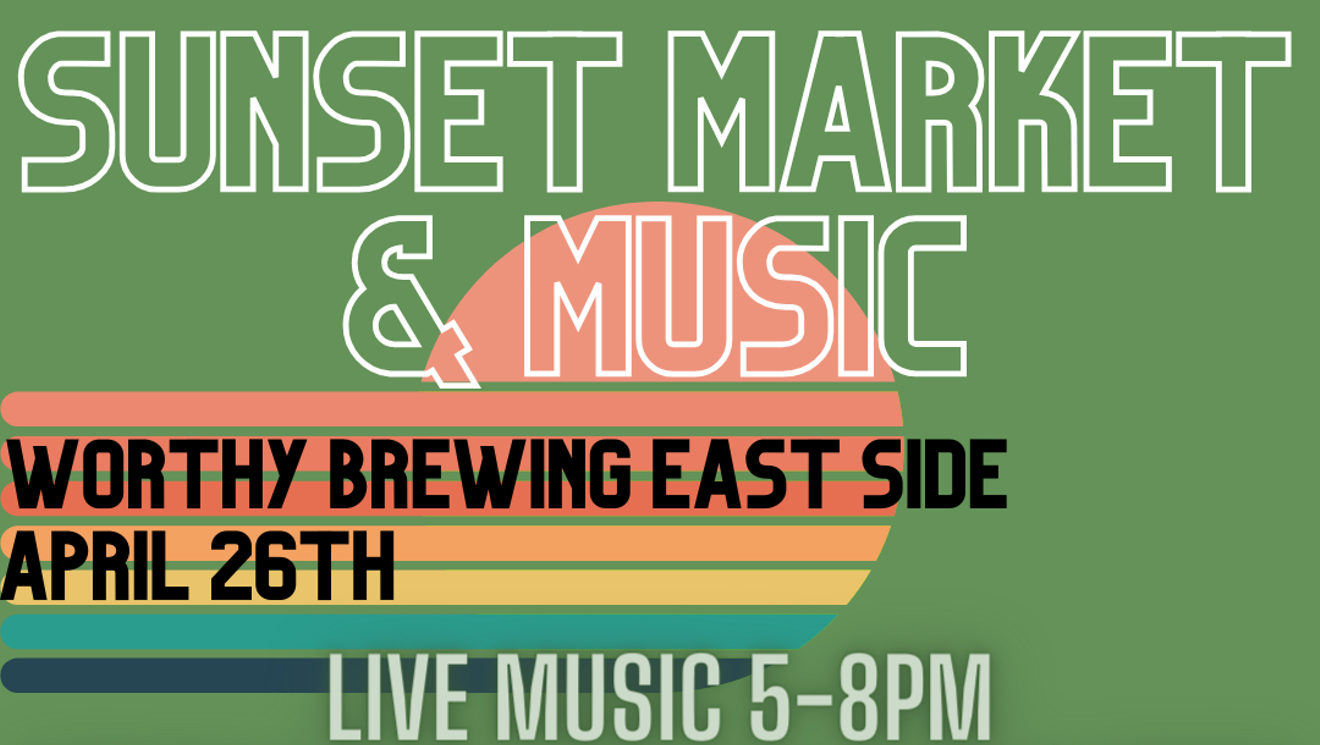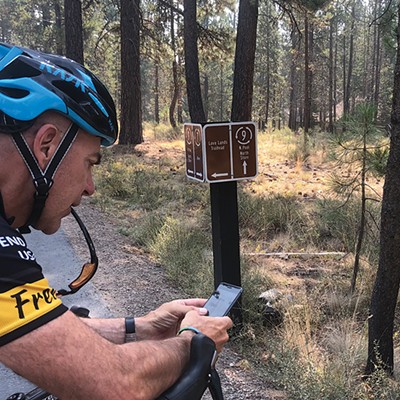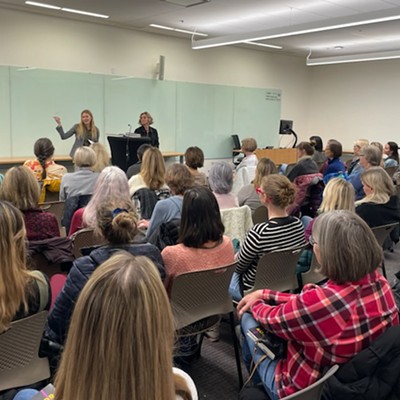The new year saw the first medical marijuana dispensaries open in the state of New York with a total of eight establishments opening statewide to serve approximately 20 million residents.
The rollout was decidedly undersized by any standards, much less New York standards. Dispensary locations include Manhattan and Westchester County in the New York City area, and others farther upstate in Albany, Buffalo, and two in the Finger Lakes region.
The New York Times described the dispensaries as "serving a variety of syrups, concentrates, and other forms of the drug," noting a key feature of the law is that smoking cannabis is strictly prohibited. The reasoning, apparently that of Gov. Andrew M. Cuomo, a Democrat, is that there is no need to ingest a medicine in a potentially harmful manner (smoking) when it can be ingested in a healthy manner, in the form of a juicy syrup, for example.
The small opening for medical marijuana in New York is mostly attributable to the fact that there are only 51 patients in the whole state as of Jan. 6, but that is because certification only began on Dec.23. However, the law's tight restrictions may severely limit the number of patients and thus the availability for medical marijuana. Such an outcome would be consistent with New York's history, given its infamous Rockefeller Drug Laws with 15-year minimum sentences, signed into law in 1973 under former Gov. Nelson Rockefeller. If cannabis can make it there, it can make it anywhere.
A handful of additional dispensaries are expected to open later this year, but the number of dispensaries is capped at four per county. The state has also capped producer licenses, and has only issued five such licenses so far, ensuring that the supply of medical marijuana will start as a trickle. The state also allows dispensing of only a small number of cannabis strains.
But the uncommon restrictions don't end there. Prescribing physicians must complete a four-hour course costing $249. Thus far, only 150 physicians have completed the certification. "The hoops doctors have to jump through are ludicrous and do not apply to far more dangerous medications, such as opiates," said Karen O'Keefe, director of state policies at the Marijuana Policy Project. As would be expected, the Drug Policy Alliance is reporting that patients in the state are having difficulty finding doctors who can prescribe.
Nicholas Vita, CEO of the first dispensary in New York City, estimates between 200,000 and 400,000 New Yorkers will qualify for the medical marijuana program, a relatively small number for a state with the population of New York. Patients with cancer, epilepsy, multiple sclerosis, Lou Gehrig's disease, Parkinson's disease, Huntington's disease, HIV/AIDS, neuropathies and spinal cord injuries can now legally purchase medical marijuana in New York.
That's a start; however, advocates claim such a system will mean that many people who need medical marijuana will not be able to get access to the drug. That will be a regrettable outcome for New York, considering all of the effort involved in the legalization process. Unfortunately, it looks like New York has bureaucratized medical marijuana to death.

